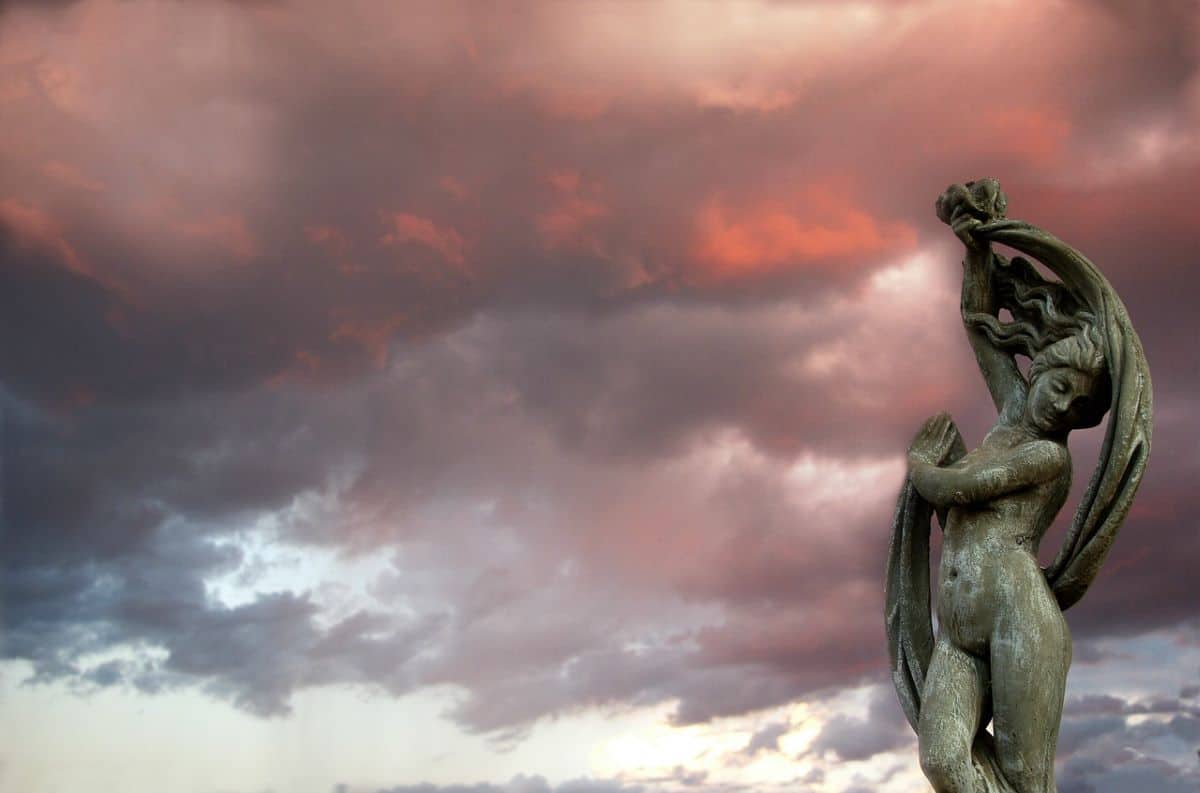
Image | Pixabay
In accordance with the precepts of ancient classical philosophy, in Greece morality went hand in hand with beauty and caring for the body. At the time, a synonym of being a good citizen was having a well-cared body and well trained. Men exercised for hours in gyms to achieve the ancient ideal of beauty based on harmony and athletic bodies.
The Greeks, in addition to keeping their bodies in good physical condition through an intense exercise program, also they cared a lot about personal hygiene. After practicing gymnastics, they followed a skin cleansing ritual to the point of turning the cult of beauty into one of the pillars of their culture, which had its repercussions on other civilizations.
In this article we reviewed what grooming and body care consisted of in ancient Greece. You want to know more? Keep reading!
The toilet in ancient Greece
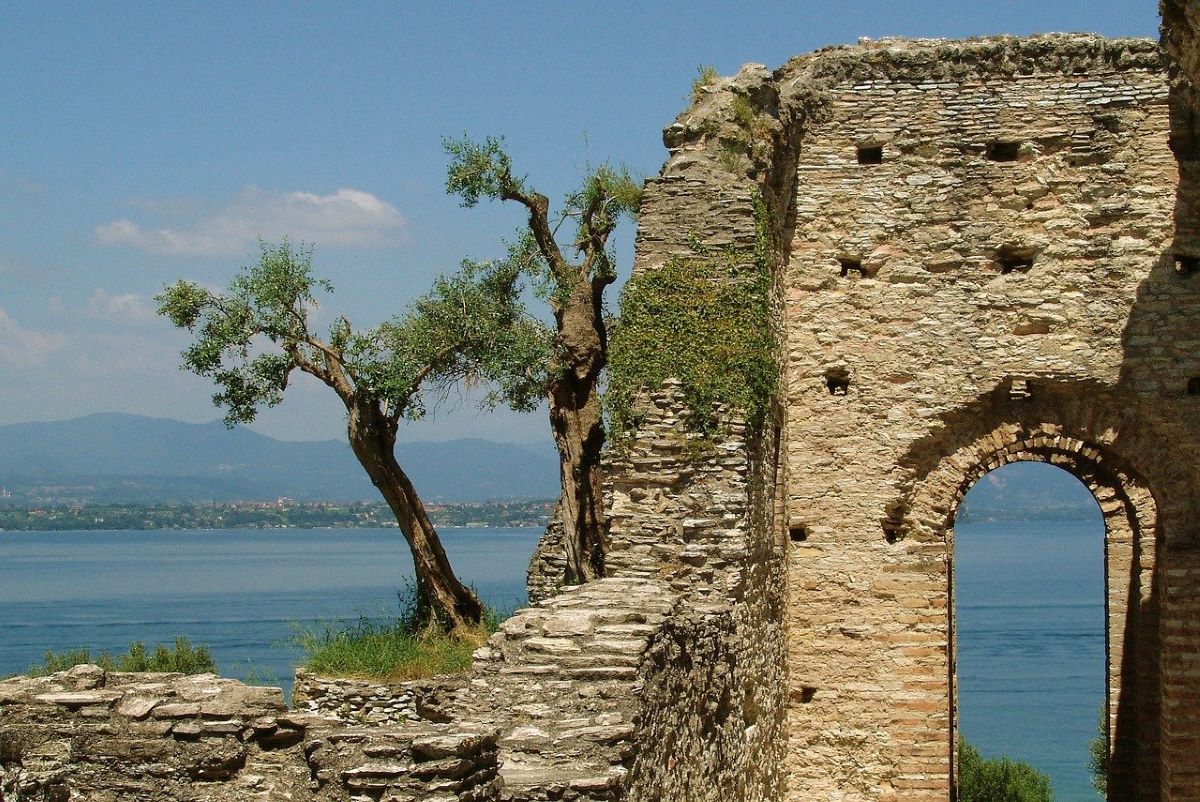
Image | Pixabay
We can see in the paintings of the amphoras that have survived to this day that the ancient Greeks were very concerned about having a proportionate and healthy body, so they underwent demanding exercise programs to achieve a harmonious and beautiful body.
In the amphoras the athletes were not only represented practicing sports but also performing the ritual of cleaning and caring for the subsequent body. And they were painted with their beauty accessories, for example the small containers with aromatic oils that were hung on the walls or tied to the wrists of athletes.
For cleaning the skin after exercise, in ancient Greece ash, sand, pumice stone and oils of rose, almond, marjoram, lavender and cinnamon were used such as cleansing lotions, colognes and deodorants. Another accessory they used to use was a long, flat spoon-shaped metal wand to remove excess dust and oil from the skin.
In the archaeological museum of Greece you can see some samples of the jars that were used to store these essences and cleaning products. They were containers made of clay or alabaster that used to be decorated and had various shapes.
Public baths in ancient Greece
It is known that public baths existed in Athens since the XNUMXth century BC, places where men went after exercising not only to wash up but also to chat with other users, since they were considered very popular meeting places.
The public baths of ancient Greece were huge spaces that held hundreds of people and were divided into several areas. First you accessed the frigidarium (room with cold water to bathe and remove the sweat), then it was the turn of the tepidarium (room with warm water) and finally they went to caldarium (room with sauna).
Doctors of the time recommended taking cold water baths because they rejuvenated the body and soul while hot baths were used to make the skin look smooth and graceful.
Once the bathing ritual was over, the servers removed the impurities from their skin and waxed them. Afterwards, the masseurs intervened, smearing perfumed oils on their bodies to relax their muscles.
Women in the public baths of Athens
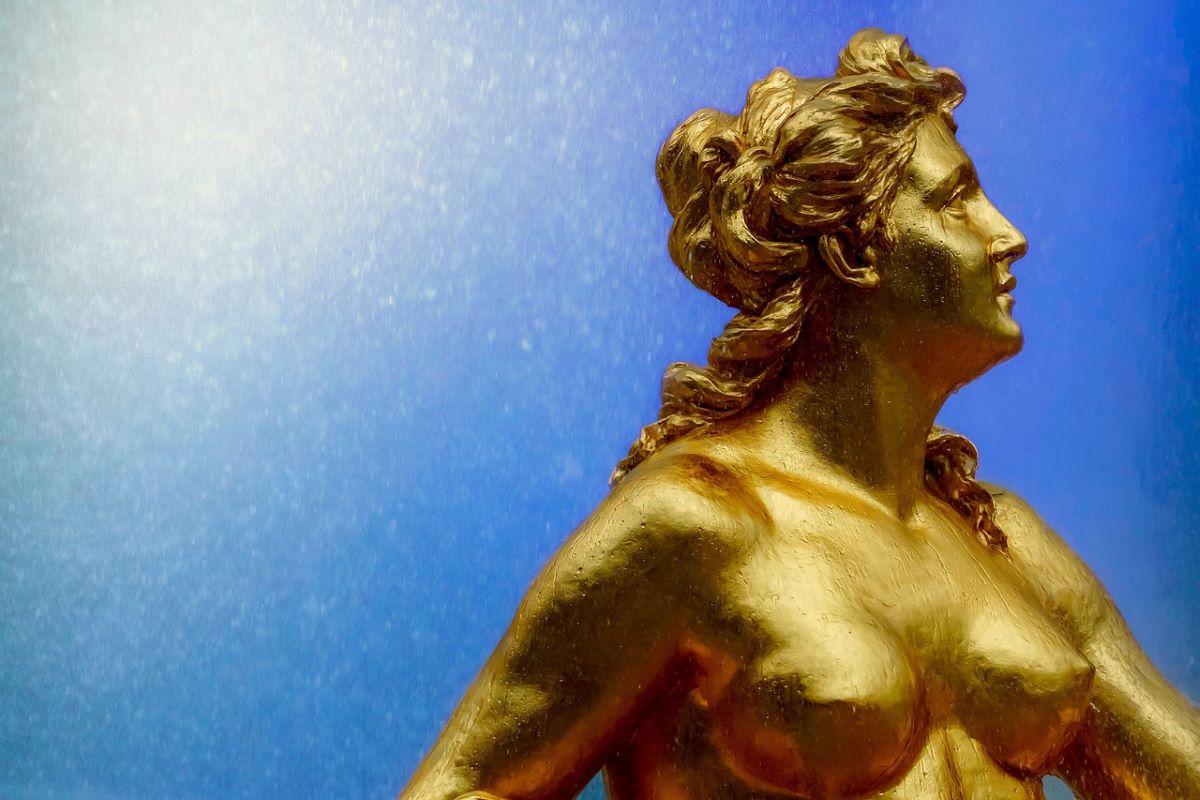
Image | Pixabay
In the public baths of ancient Greece there were places set up exclusively for women, although they were frequented by humble Athenians as upper-class women washed in their homes. For bathing, they used terracotta or stone bathtubs that were filled with water by hand.
The ideal of feminine beauty in ancient Greece
The word cosmetic comes from the Greek which means "that which is used for the hygiene and beauty of the body" especially referring to the face.
The symbol of beauty for Greek women was unpretentious beauty. White skin was considered a reflection of purity and passion as well as a wealthy life as a tanned skin was identified with the lower classes and slaves, who spent long hours in the sun working.
To maintain a pale skin, they used to use products such as chalk, lead or arsenic. They put some berry-based blush on their cheeks, although it was a very light makeup as natural beauty prevailed, unlike the company women who used more intense colors.
Hair care in ancient times
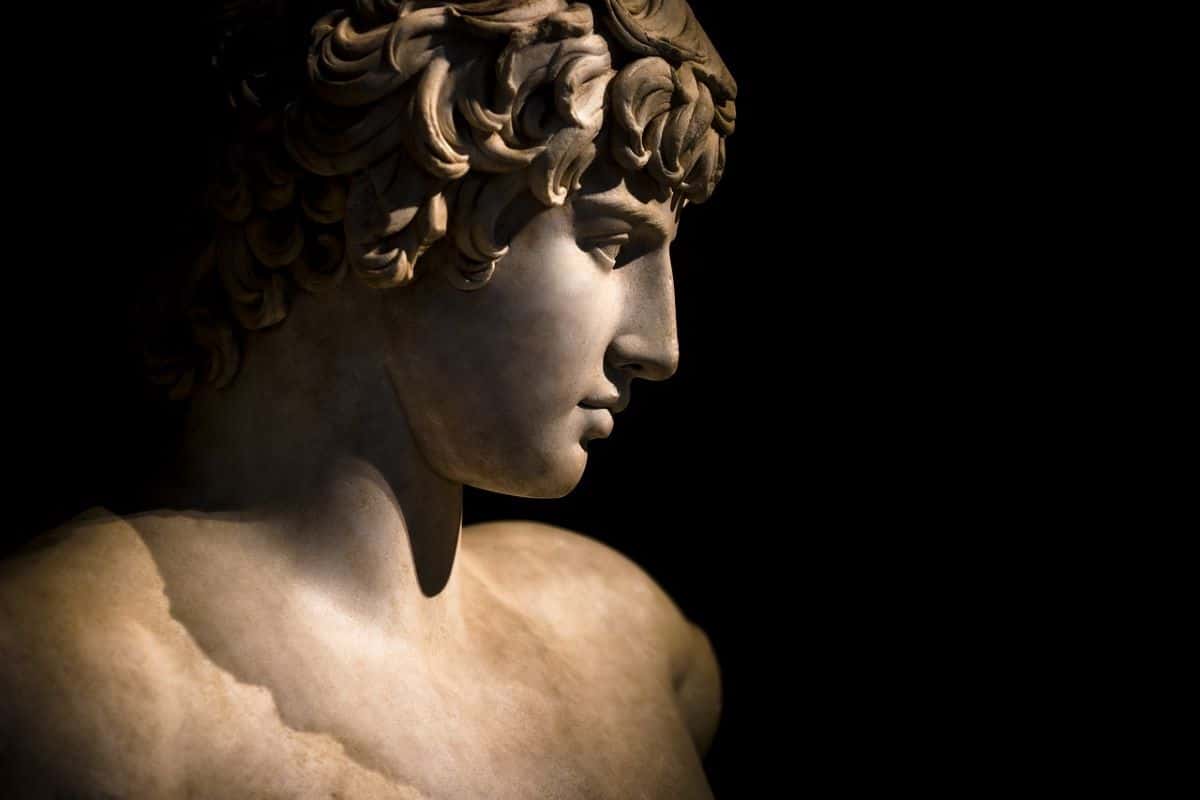
Image | Pixabay
As for the hair, both men and women anointed their hair with oils and curled them because this style was considered the greatest exponent of beauty at that time. The Greeks loved the movement expressed by waves and curls. The slaves were in charge of keeping the hair of their masters in perfect condition. In fact, some of the hairstyles worn by the ancient Greeks can be seen in the statues that have survived to this day.
The women of the upper classes differed from the slaves in their hair because they wore sophisticated hairstyles and they gathered their long hair in bows or braids that were decorated with bows and small ropes. Only in times of mourning did they cut it a little. For their part, lower-class women used to wear their hair short.
Children were allowed to grow their hair until adolescence, when it was cut to offer to the gods. Men went to the barber occasionally and did not begin to shave their beards and mustaches until after Alexander the Great. Another of the innovations that came with the King of Macedonia as a result of his conquests in the East was hair dye.
In ancient Greece the blonde color symbolized beauty in its fullness. To resemble Achilles and other heroes in Greek mythology, men had devised methods of lightening hair using products such as vinegar, lemon juice, and saffron.
Hair removal in the classical world
To remove body hair, women used razors and waxed with special pastes or with the candle.. The ancient Greeks considered it very important to completely remove body hair as a depilated body was a symbol of innocence, youth and beauty.
Waxing was complemented by a massage with oils and perfumes to soothe the skin. This ritual was carried out by kosmetés in gyms, who were somehow the forerunners of beauty salons.
The grooming ritual in other cultures
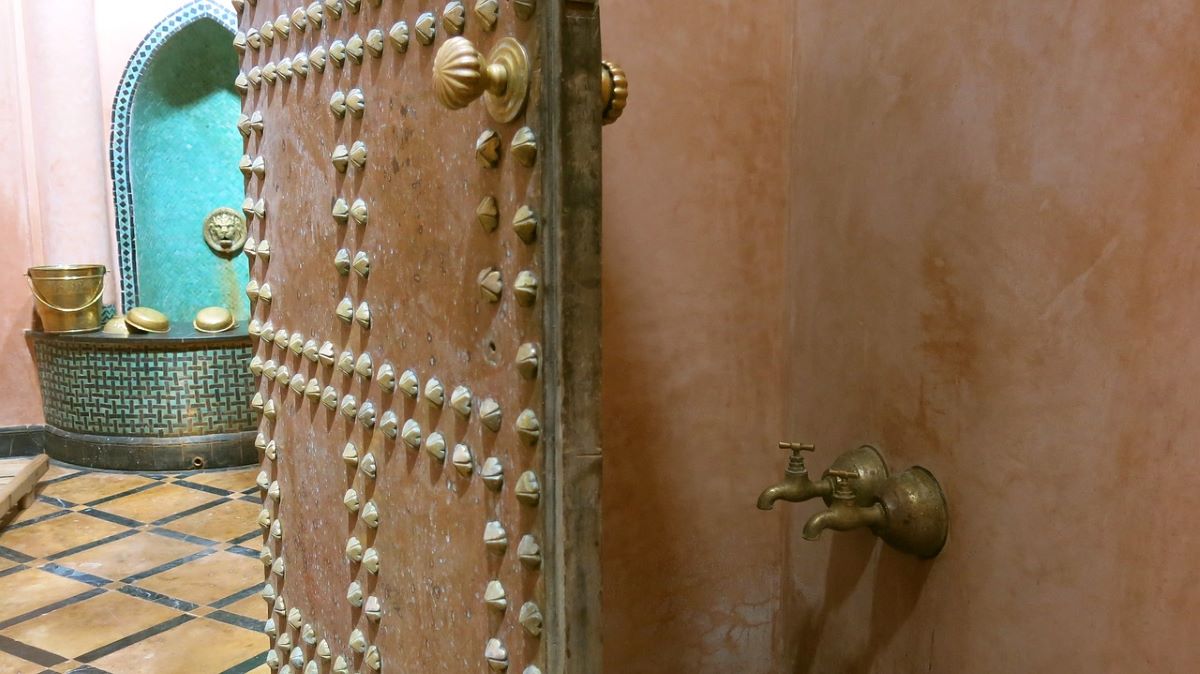
Image | Pixabay
By conquering Byzantium, Egypt and Syria, the Muslims inherited their love of baths from the Romans and Byzantine Christians.
Formerly, in Islamic culture it was thought that the heat of the hammam increased fertility and, therefore, the reproduction of believers. So the Arabs stopped using the water from the frigidarium (cold room) to bathe and only used that of the tepidarium and caldarium.
So in the Arab countries, the hammams were also an important social gathering place and they stood at the gates of mosques. His passage through them supposed a preparation and purification to access the temple.
Fortunately, this ritual for grooming born in ancient Greece and preserved by Islamic countries has survived to this day. In many cities there are Arab baths where you can experience this ancient tradition on your own skin. It is a fantastic plan to spend a weekend afternoon, resting and relaxing the body and mind.
Hello, how are you? It seems very good that you talk about this
leblou